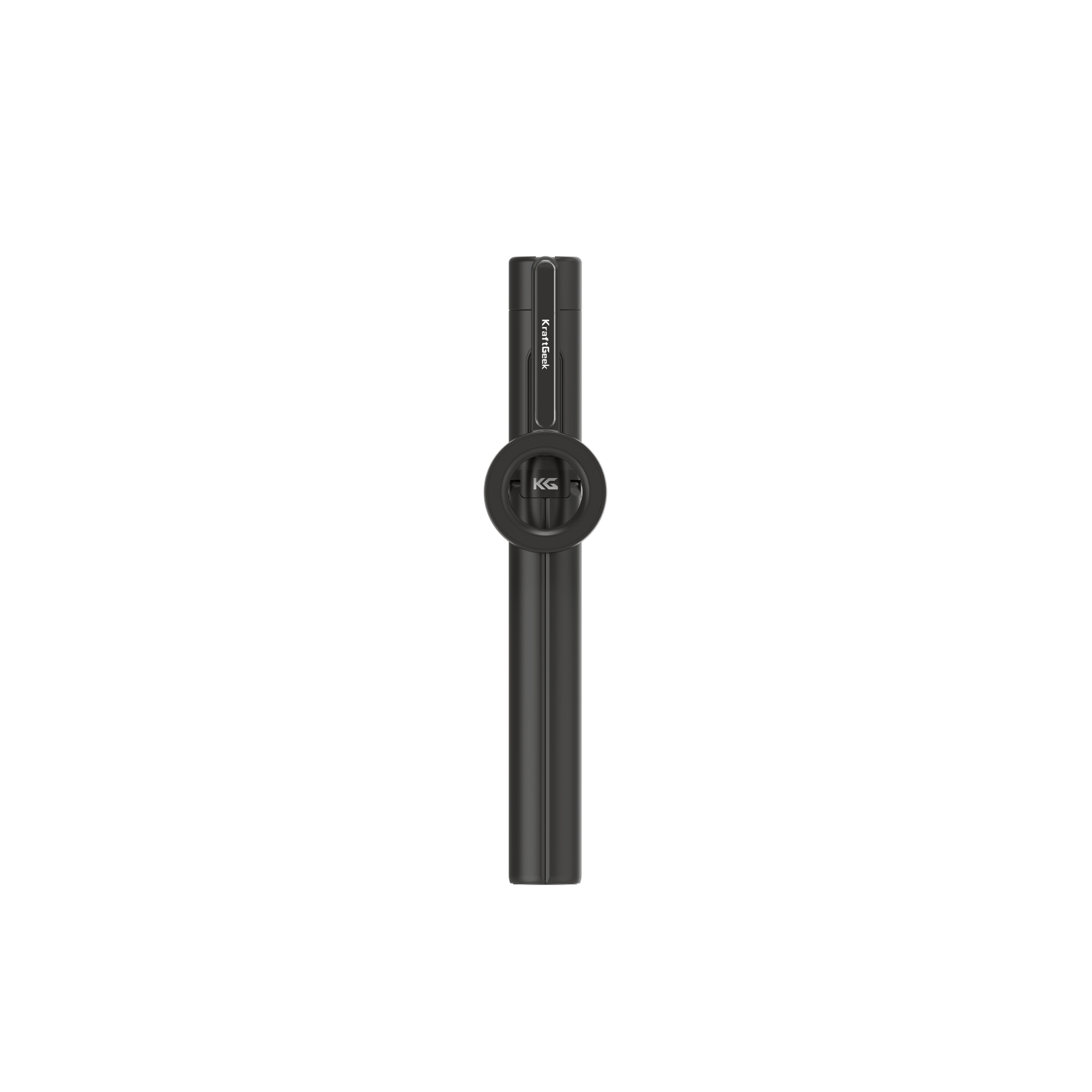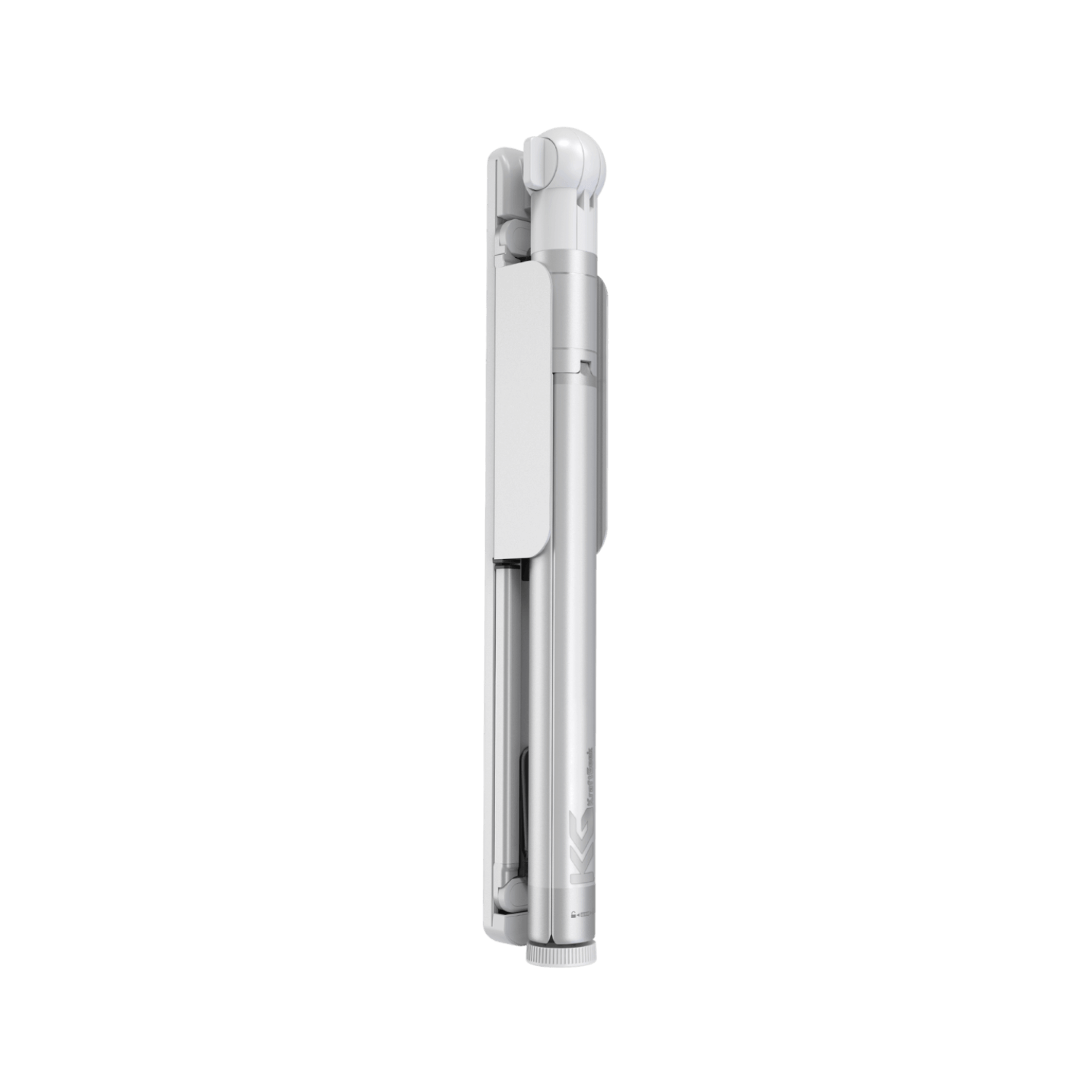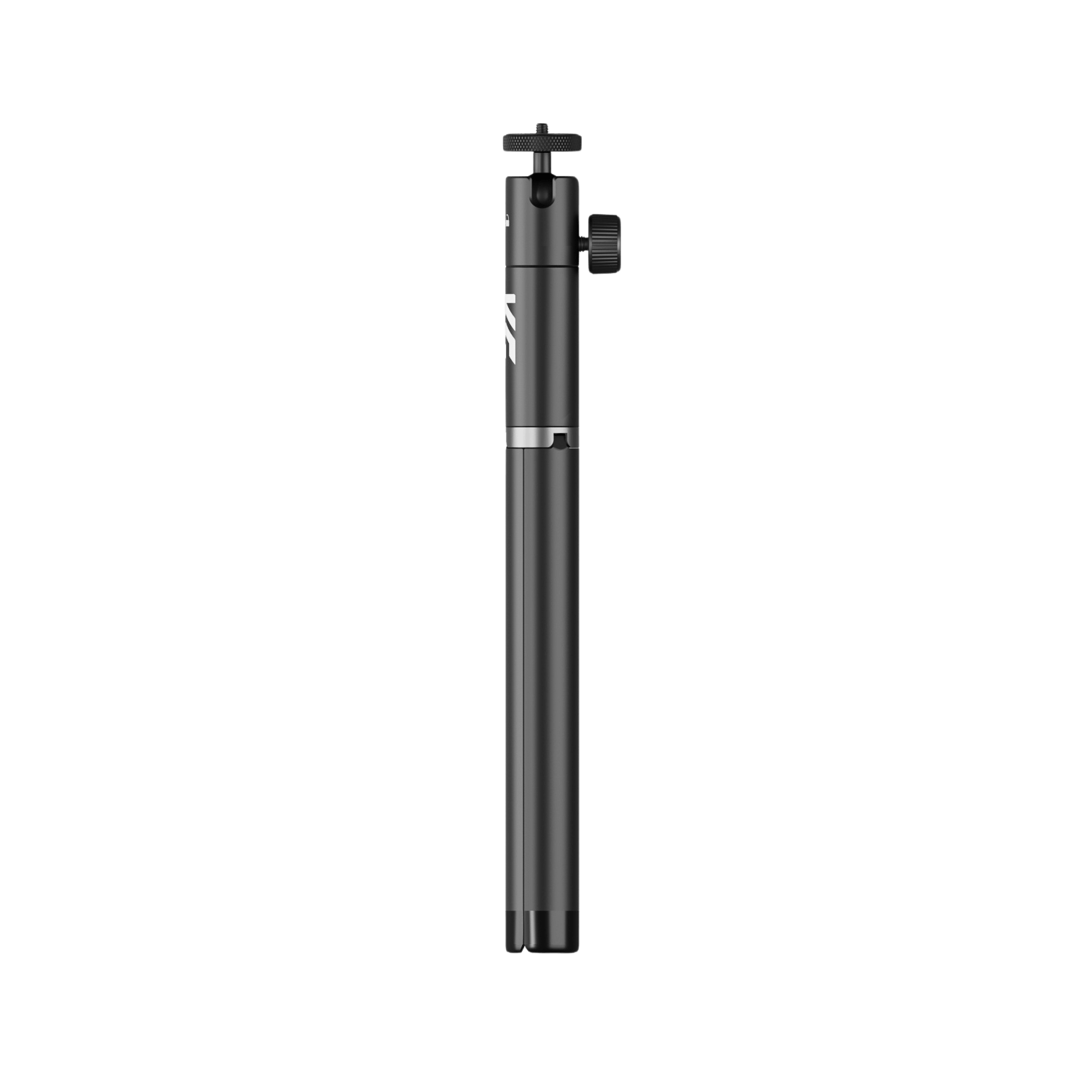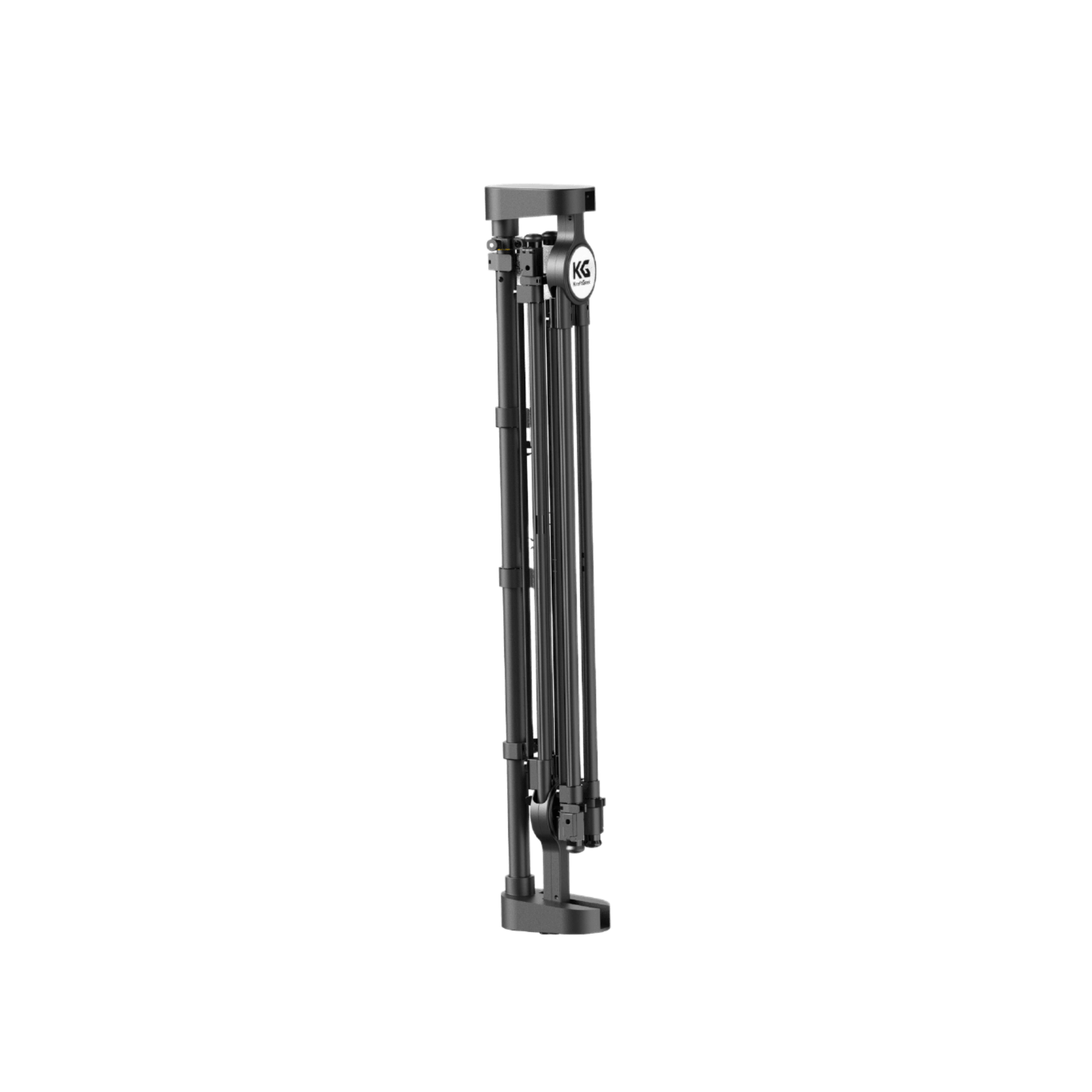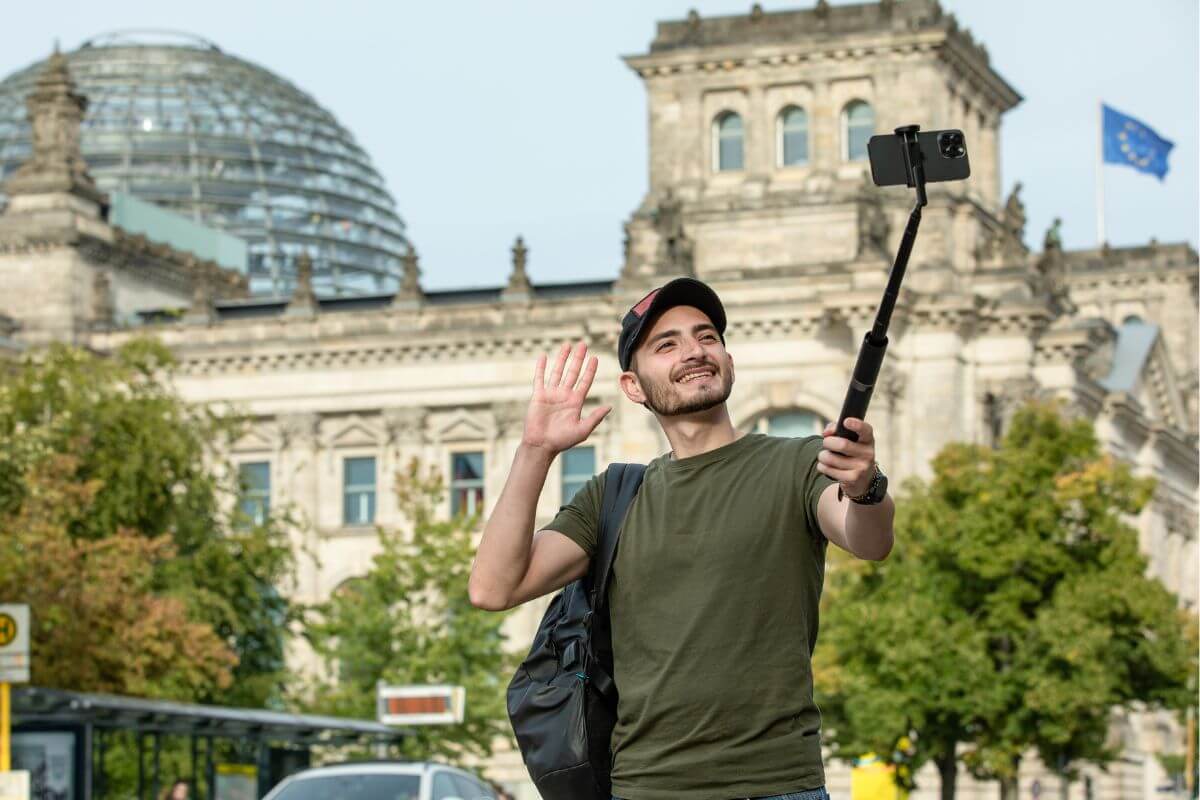Have you ever thought why some outdoor pictures turn out to be just like magic and some of them flat? Well, it's not just showing off the new camera or taking beautiful poses, it's also about the location! The right location is a crucial factor for your outdoor photo shoot. It can either make or break the entire process and your end result.
Essential Steps Before Going On An Outdoor Location Shoot

While planning your outdoor photography, the finishing touches and final preparations for the shoot is an essential part to ensure that the shoot goes smoothly on the day. These essential measures will keep you prepared, organized, and excellently geared to take meaningful images of the landscape you pick.
1. Double-Check Your Gear
First and foremost, make sure to confirm which photography equipment you require as you do not want to come prepared with only half the things you need. This includes your camera with tripods or iPhone with phone tripods for example and any other accessories. It could also be lenses, additional batteries, or memory cards.
Be sure your equipment is fully charged and in good working condition beforehand and also bring some backup batteries or memory cards to avoid the anxiety of running out of power or memory before the end of the day. As there is no second chance to make a first impression, make sure to have all of your essential photography gear before the shoot in order to avoid any last-minute surprises or setbacks when you are on site.
2. Pack Accordingly
Pack your photography tools and whichever other items you'll definitely want to have with you for the shoot. When selecting your target area for your adventure, take into account local conditions, particularly weather, terrain, and accessibility, and make appropriate provisions in your packing lists.
Along with this list of necessities, be sure to take care of your own emotional needs by bringing along a blanket, an umbrella, or some favorite snacks that will help you feel safe and secure. Additionally, carry along first aid supplies and contact information of close family or friends in case of emergencies.
Also, do not forget to carry along any permits or permission required for shooting at some locations, an image itinerary that has been printed out, and some contact details of your clients or subjects.
3. Plan Your Route
Before going to the planned location of your photoshoot, spend several minutes on surveys of the route and on the study of the surrounding area. Utilize mapping utilities or GPS navigation to select the most viable road to your destination, however, note that the road may have heavy traffic, road closures, or alternating entrance and exit routes.
Be aware of the time that you are going to be on the road and plan ahead for any unforeseen situations like accidents or traffic. Furthermore, it is important to learn the parking situation at the spot and find out alternative options or drop-off locations for the equipment.
4. Review Your Shot List
Have a good and final look at your shot list and, in case you have some specific concepts or ideas for the shoot, don’t neglect to add them. The first step would be to identify the desired outcome of the photoshoot and then to see what is possible to actualize your vision in the chosen location.
Take the representation of it, lighting, and framing into account while you're thinking about poses and therefore the props that you're going to use in this shot. Communicate your vision to the clients/subjects beforehand, and allow them to communicate what they expect, as well as to give their input and ideas.
Tips For Doing Outdoor Photoshoots

1. Tailor Locations To Your Photoshoot Theme
Try and focus on what vibe you want to achieve with your photoshoot. Are you seeking a fantasy romantic theme with lighthearted elements or a serious dramatic theme? Then, either a grungy, industrial atmosphere or a concrete jungle might be your perfect fit. What it may be, the option you make should, on the contrary, suit and foster the theme of the party.
For instance, if it is a bohemian fashion shoot with dresses flowing and flower crowns, the dense green site with wood logs, or a wooded grove might be the best scenery. If you want a clean and fashionable look with denim and stripes, a pretty park or well-manicured garden can give you the desired result. On the other hand, if you're going for an urban and edgy look with leather jackets and graffiti, a gritty alleyway or city street would be a perfect location to shoot.
Don't limit yourself to just one style, you can expand your choices by using different styles and themes as well. Dare to be innovative and rotate things occasionally. Perhaps you would like to contrast gloomy formal dress with a vast desert landscape or combine both the romantic feel of a beach at sunset and urban architecture.
2. Harness Natural Light
The sun is our natural source of light and this often means playing along with that mighty golden sun to get the best out of it. When it comes to HDR, it can be overwhelming at times, but with the proper methods, you can have the loveliest of pictures that have excellent content.
For a start, take the sun as a natural studio light and keep shooting during the day. Position your subject to the point that light strikes them on the right spot, casting towards the model and shading the proper areas. Another way to do it is using the sun shine across the back of your subject thus creating a halo glow around your subject. To camouflage any intense shadows, think about asymmetric light using reflectors or strobes that will add a dim, flattering light to your photos.
Sun not only gives the painter of the pictures but also models a dramatic effect and unusual lighting. The shade, in contrast, gives off an even diffused light which is perfect for taking portraits. Search for shaded spots under the canopy of leaves, buildings, or shelters, to create an artistic setting for your human subjects. Similarly, it will aid in the prevention of severe shadows and raising fingers in the face. In addition, this will produce a more pleasing and even lighting effect.
3. Consider Overhead Cover And Environmental Factors
The overhead not only serves to reduce the harshness of the light and creates even shadows but it also gives a sense of routine and things consistency that is usually requested in unstable weather conditions. Likewise, when hunting for the location for your photoshoot in the outdoors, look for places that have plenty of overhead covers, so that you are certain of a well-lit and rather balanced environment for the video or still shoot.
When considering environmental factors for outdoor photoshoots, it's important to account for various elements that can influence the quality and aesthetics of your images. Here's a list of key environmental factors to consider:
- Assess the terrain, vegetation, and topography of the area to choose the site that blends in with the theme and style of your photoshoot.
- Find picturesque scenes, for instance, mountains, forests, bodies of water, and urban skylines, these scenes can be exciting when included in your pictures.
- Measure the direction, strength, and quality of natural light at different times of the day to better understand if lighting for your photoshoot should be done at a particular period of the day.
- Keep track of the weather forecasts using websites or mobile apps and change the strategies accordingly considering adverse weather conditions such as temperature, humidity, wind, and precipitation.
- You can also take into account the effect of seasonal variations, like fall leaves or spring bulbs, for instance, on your pictures which can really make your shoot seasonal.
- Make sure you are aware of your subject's presence in nature, as well as the sounds that may help enhance the beauty of your photography, but also may be a distraction or cause a problem.
- Figure out the things that can be possible distractions in the environment, i.e. crowds, traffic, construction noise, or visual clutter, which can have bad effects on your photoshoots.
- Prepare the site of your business such that your team and clients have access and it has the needed equipment and consider parking availability, pathways, or terrain obstacles.
- Analyze the privacy issues that may arise or government permits required for the location, say, if it is a public or private area because some areas may be strictly regulated to protect their privacy, and this may become a legal issue during the shooting.
- Practice sensible photography by taking into consideration your footprint or imprint on the environment and the rules that guide sensible exploitation; this means that you should minimize the environmental impact and show respect to the natural surroundings.
4. Know Your Color Palette
The colorful environment can, in a way, subconsciously affect your emotions as well as create an atmosphere on the day of your photoshoot. For example, you can pick warm earth tones like browns, yellows, or oranges, that are very cocooning and homelike.
A good choice, when it comes to family portraits or rustic-themed shoots. However, those with blue and green undertones can trigger a favorable response of restfulness and coolness, which are perfect for scenes of seashores and tranquil landscapes.
5. Align Backdrops With The Photoshoot Concept
The beginning way to choose the background should be to check that it corresponds to the concept of a photoshoot and, if possible, it strengthens the story you’re going to tell. Make sure to take the theme, the mood, and the style into account when selecting a suitable backdrop, and choose something that corresponds to these aspects.
On the other hand, if you want to achieve a classic, natural appearance for portrait photography, then an open or urban environment with a composition of natural light and shades would be the ideal choice. However, if you are aiming to create a cool and modern look for a corporate headshot, then a clean and minimalistic background in neutral colors may suit the occasion better.
Try to pick up backgrounds that have multiple sections filled with texture, patterns, and layers as these kinds of elements can help to make your images attractive and rich with details. Camera tripods are used for camera stabilization help to give you a steady shot and to make sure that the camera is adjusted properly in difficult shooting environments.
Product Recommendations:
Conclusion
Choosing the right place for an outdoor photoshoot is a complex task that fully casts aside the importance of analyzing a number of factors, such as style, lighting, and environment. With the guidance of the given blog, you can manage to create a wonderful photoshoot experience for both yourself and your client/subjects as well as bring a collection of great pictures.

